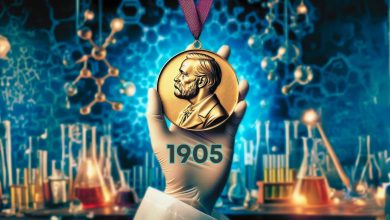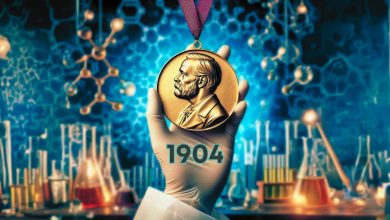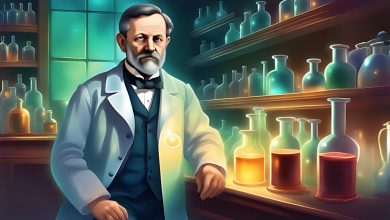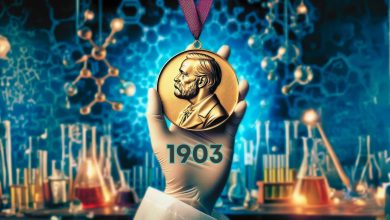1901 Nobel Chemistry Award – Jacobus Henricus van’t Hoff
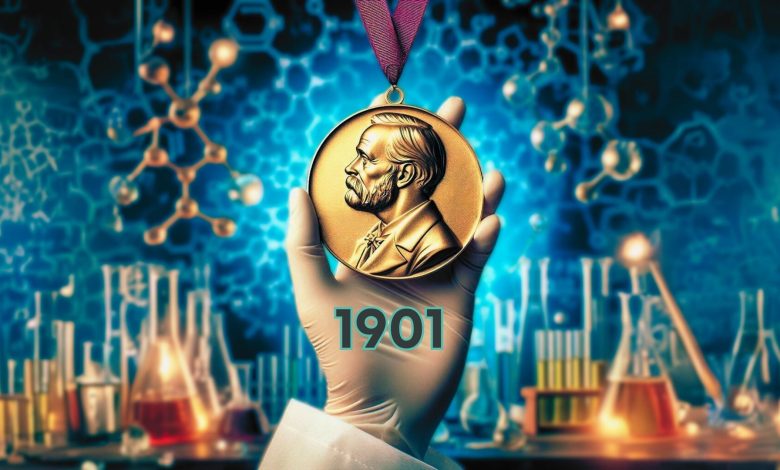
The 1901 Nobel Prize in Chemistry was the first Nobel Prize in chemistry in history, and it was awarded for the following work:
“for distinguished services in the discovery of the laws of chemical dynamics and osmotic pressure in solutions.”
The winner of the first Nobel Prize in Chemistry was Dutch chemist Jacobus Henricus van’t Hoff. Van’t Hoff, who studied chemistry despite his father’s objections, began to achieve success in organic chemistry early in his career. As time progressed, he focused on the work that would lay the foundations for physical chemistry. This work earned him the Nobel Prize in Chemistry in 1901.

The main focus of chemical dynamics (chemical kinetics), the first pillar of his work on his way to the Nobel Prize, is the speed of chemical reactions. For a chemical reaction to take place, the atoms or molecules of each of the reactants must come into contact with each other. However, for this contact to form a product, certain conditions must be met. Conditions such as pressure, temperature, and the physical state of the substances affect how quickly the reactants will turn into products. This is exactly the area van’t Hoff worked on. He developed a new method for finding the degrees of the rate equations used to describe the rates of reactions.
Another achievement that earned van’t Hoff the Nobel Prize was his work on osmotic pressure. Osmotic pressure is the minimum pressure required to prevent a pure liquid separated by a semipermeable membrane from passing through to the solution on the other side of the membrane. In other words, it is the minimum pressure that must be applied to prevent the flow of water or other solvent across a permeable membrane from a dilute solution to a concentrated solution. Osmotic pressure is especially vital for living cells. If a living animal cell is placed in pure water, it will begin to take in water, and if this flow is not prevented, the cell’s death is inevitable. It was therefore crucial to define the laws that generate osmotic pressure. Van’t Hoff not only defined the laws of osmotic pressure, but he also proved that dilute solutions and gases are similar to each other.
Van’t Hoff died 10 years after receiving the Nobel Prize, but he lives on in the world of science, both with the prize and the constants and equations named after him.
References and Further Reading
Jacobus H. van ‘t Hoff – Facts. NobelPrize.org. Nobel Prize Outreach AB 2022. Tue. Nov 22, 2022. https://www.nobelprize.org/prizes/chemistry/1901/hoff/facts/
Atkins, Peter W.; de Paula, Julio (2010). “Section 5.5 (e)”. Physical Chemistry (9th ed.).
IUPAC. Compendium of Chemical Terminology, 2nd ed. (the “Gold Book”). Compiled by A. D. McNaught and A. Wilkinson. Blackwell Scientific Publications, Oxford (1997). Online version (2019-) created by S. J. Chalk. ISBN 0-9678550-9-8. https://doi.org/10.1351/goldbook.



